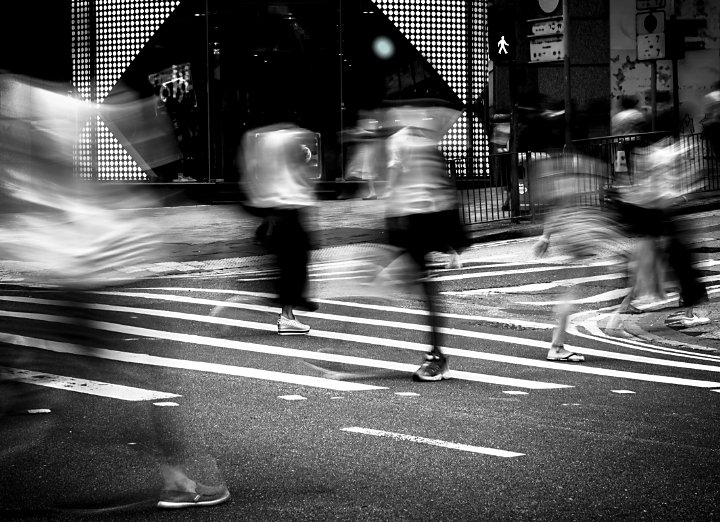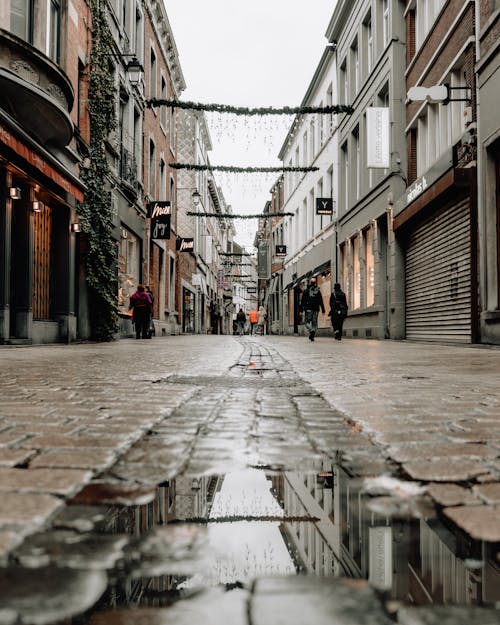Fascination About Framing Streets
Framing Streets Things To Know Before You Buy
Table of ContentsRumored Buzz on Framing StreetsAn Unbiased View of Framing StreetsThe 5-Minute Rule for Framing StreetsFacts About Framing Streets UncoveredRumored Buzz on Framing StreetsWhat Does Framing Streets Mean?
Digital photography style "Crufts Pet dog Program 1968" by Tony Ray-Jones Street photography (likewise often called candid photography) is digital photography performed for art or questions that features unmediated opportunity experiences and random occurrences within public areas, generally with the goal of recording pictures at a definitive or emotional minute by careful framework and timing. 
7 Simple Techniques For Framing Streets
Susan Sontag, 1977 Road digital photography can concentrate on individuals and their habits in public. In this respect, the street professional photographer resembles social documentary photographers or photojournalists that additionally function in public areas, but with the objective of catching relevant events. Any of these digital photographers' photos may record individuals and building visible within or from public locations, which frequently entails navigating moral concerns and laws of privacy, protection, and home.
Representations of day-to-day public life develop a genre in practically every period of globe art, starting in the pre-historic, Sumerian, Egyptian and very early Buddhist art periods. Art managing the life of the street, whether within sights of cityscapes, or as the leading motif, appears in the West in the canon of the North Renaissance, Baroque, Rococo, of Romanticism, Realistic look, Impressionism and Post-Impressionism.
The 6-Minute Rule for Framing Streets
Louis Daguerre: "Blvd du Temple" (1838 or 1839) In 1838 or 1839 the initial photograph of numbers in the street was recorded by Louis-Jacques-Mand Daguerre in one of a set of daguerreotype views drawn from his studio home window of the Boulevard du Temple in Paris. The 2nd, made at the elevation of the day, shows an unpopulated stretch of road, while the various other was taken at concerning 8:00 am, and as Beaumont Newhall records, "The Blvd, so constantly full of a moving crowd of pedestrians and carriages was completely singular, other than an individual who was having his boots cleaned.
His boots and legs were well specified, but he is without body or head, since these were in activity." Charles Ngre, waterseller Charles Ngre. https://pxhere.com/en/photographer/4162802 was the initial digital photographer to obtain the technical refinement needed to sign up individuals in movement on the road in Paris in 1851. Professional Photographer John Thomson, a Scotsman collaborating with journalist and social activist Adolphe Smith, released Street Life in London in twelve month-to-month installations starting in February 1877
Framing Streets Can Be Fun For Anyone
Eugene Atget is concerned as a progenitor, not since he was the very first of his kind, but as a result of the popularisation in the late 1920s of his document of Parisian streets by Berenice Abbott, that was influenced to undertake a comparable documents of New york city City. [] As the city developed, Atget aided to promote Parisian streets as a worthy see this site subject for photography.

What Does Framing Streets Do?
Martin is the very first taped professional photographer to do so in London with a disguised video camera. Mass-Observation was a social research organisation established in 1937 which intended to videotape daily life in Britain and to tape the reactions of the 'man-in-the-street' to King Edward VIII's abdication in 1936 to marry divorce Wallis Simpson, and the sequence of George VI. In between 1946 and 1957 Le Groupe des XV yearly exhibited work of this kind. Andre Kertesz. Circus, Budapest, 19 May 1920 Street digital photography developed the significant content of 2 exhibits at the Gallery of Modern Art (Mo, MA) in New york city curated by Edward Steichen, 5 French Photographers: Brassai; Cartier-Bresson, Doisneau, Ronis, Izis in 1951 to 1952, and Post-war European Photography in 1953, which exported the idea of road digital photography internationally.

9 Easy Facts About Framing Streets Shown
The recording machine was 'a surprise cam', a 35 mm Contax concealed beneath his layer, that was 'strapped to the upper body and linked to a lengthy cord strung down the right sleeve'. Nonetheless, his work had little contemporary influence as because of Evans' sensitivities concerning the originality of his job and the privacy of his topics, it was not published up until 1966, in the publication Lots of Are Called, with an introduction created by James Agee in 1940.
Helen Levitt, after that a teacher of young kids, connected with Evans in 193839. She recorded the transitory chalk drawings - vivian maier that became part of youngsters's street society in New york city at the time, as well as the kids that made them. In July 1939, Mo, MA's new digital photography area included Levitt's operate in its inaugural exhibitionRobert Frank's 1958 book,, was significant; raw and frequently indistinct, Frank's photos examined traditional digital photography of the time, "tested all the official rules set by Henri Cartier-Bresson and Pedestrian Evans" and "contradicted the wholesome pictorialism and genuine photojournalism of American publications like LIFE and Time".